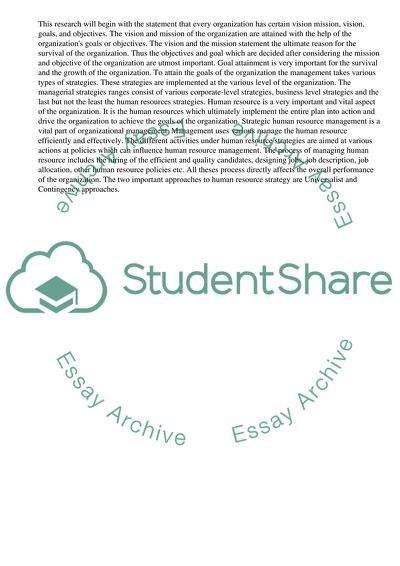Cite this document
(“The Strengths and Limitations of the Universalist and the Contingency Essay”, n.d.)
The Strengths and Limitations of the Universalist and the Contingency Essay. Retrieved from https://studentshare.org/management/1587273-critically-examine-the-strengths-and-limitations-of-the-universalist-and-the-contingency-approaches-to-hr-strategy-in-doing-so-explain-under-what-conditions-hr-strategy-may-help-a-firm-secure-competitive-advantage
The Strengths and Limitations of the Universalist and the Contingency Essay. Retrieved from https://studentshare.org/management/1587273-critically-examine-the-strengths-and-limitations-of-the-universalist-and-the-contingency-approaches-to-hr-strategy-in-doing-so-explain-under-what-conditions-hr-strategy-may-help-a-firm-secure-competitive-advantage
(The Strengths and Limitations of the Universalist and the Contingency Essay)
The Strengths and Limitations of the Universalist and the Contingency Essay. https://studentshare.org/management/1587273-critically-examine-the-strengths-and-limitations-of-the-universalist-and-the-contingency-approaches-to-hr-strategy-in-doing-so-explain-under-what-conditions-hr-strategy-may-help-a-firm-secure-competitive-advantage.
The Strengths and Limitations of the Universalist and the Contingency Essay. https://studentshare.org/management/1587273-critically-examine-the-strengths-and-limitations-of-the-universalist-and-the-contingency-approaches-to-hr-strategy-in-doing-so-explain-under-what-conditions-hr-strategy-may-help-a-firm-secure-competitive-advantage.
“The Strengths and Limitations of the Universalist and the Contingency Essay”, n.d. https://studentshare.org/management/1587273-critically-examine-the-strengths-and-limitations-of-the-universalist-and-the-contingency-approaches-to-hr-strategy-in-doing-so-explain-under-what-conditions-hr-strategy-may-help-a-firm-secure-competitive-advantage.


